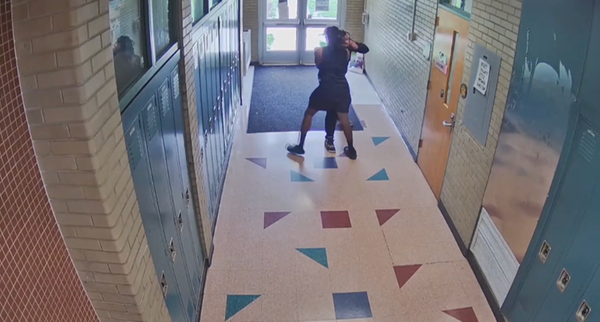
When Woolworths went bust 14 years ago, many of its former stores were filled by cut-price chain Wilko, offering shoppers many of the same products. But now it too has warned it is on the brink of collapse, raising the spectre of further gaps on the UK high street.
Wilko’s cocktail of pick’n’mix sweets, DIY supplies, cheap bathroom products and handy homewares may have once drawn the crowds, but its troubles are not new and its future looks rocky.
The chain, which was founded in 1930 when JK Wilkinson opened his first store in Leicester, has faced steady decline with sales falling back in each of its last four financial years. They dropped by a fifth to £1.2bn between 2019 and last year, when the retailer dived £35.9m into the red, according to accounts filed at Companies House.
Over the past few years Wilko has gradually cut hundreds of jobs. Last year it shut 15 stores and tweaked its head office structures to cut costs. Between 2021 and last year it lost about 1,600 staff, taking its headcount down to about 12,400.
Of course, coronavirus restrictions did not help the retailer, which relies heavily on high street footfall, with sales at its high street outlets suffering a 40% fall in visitor numbers in 2020.
While the pandemic did hit trade, Covid support from the government also masked its problems through business rates relief, tax holidays and restrictions on landlords’ ability to call in rents.
When that help fell away, Wilko was left exposed, borrowing £40m from restructuring specialist Hilco and rejigging its leadership team in January amid increasing concerns about its future as it struggled to pay suppliers, leaving gaps on shelves. The loss of credit insurance by at least one player added to its woes, causing more suppliers to pause deliveries.
One of Wilko’s main problems, according to the retail analyst Richard Hyman, was too many large stores in too expensive high street locations.
While handy for shoppers who do not have a car, selling cut-price goods with low profit margins in sites where rent is relatively high was always going to be tough. Hyman says Wilko failed to edit its ranges to take out slow-moving items such as furniture, which meant cash was not flowing through the business fast enough to pay bills.
“They were selling a lot of stuff inappropriate for high streets,” Hyman said.
Many of Wilko’s rivals on DIY and furniture, such as B&Q, Homebase or B&M, trade in retail parks and other edge or out-of-town locations where it can be cheaper to trade and shoppers can park their cars to take away large purchases.
Wilko has faced increasing competition from the expansion of a plethora of value-based chains in the UK including B&M, Home Bargains, Poundland and Savers, which have nibbled away market share across the different categories it sells and used their scale to offer low prices.
“Wilko has been caught in a pincer movement on price and design. It has been outflanked on price by the likes of B&M, Home Bargains and The Range while it is unable to compete on design with the likes of Dunelm or Ikea,” says Matt Walton, an analyst at retail research group GlobalData.
With such a wide range of products on sale, Wilko found it particularly hard to keep its shelves filled as all retailers suffered from supply chain woes kicked off by interruptions in production during Covid and logistics troubles prompted by Brexit.
Getting the formula right was already tricky, but Wilko’s ownership structure has not helped it navigate the right path. The founding Wilkinson family still controls the business with Lisa Wilkinson only stepping down as chair earlier this year.
Despite falling to a loss last year, Wilko paid its owners £2.25m in dividends in the year to the end of January last year and a further £750,000 in February.
Wilkinson also oversaw a revolving door in the leadership team with the managing director, Alison Hands, leaving the company in January only about 18 months after taking the job. Jerome Saint-Marc stepped down as chief executive in December last year and Alex Russo, a former finance boss of Asda, spent only about two years as Wilko’s chief finance officer before heading to B&M, where he is now the boss, in 2020.
The current chair, Chris Howell, and the chief executive, Mark Jackson, who stepped in before Christmas, have their work cut out to find an investor who believes they can find a way forward for Wilko as consumers rein in spending amid rising food bills and mortgage payments, and stubbornly high energy prices.
“Anyone coming in would need significant amount of money to invest and quite a lot of patience as you can’t turn Wilko around quickly,” says Hyman.
Walton says Wilko needs to create a more “compelling offer to encourage shoppers to consider purchasing from it again”. He suggests it needs better design and more attractive stores as well as improved links between its online business and stores.
“Without a clear strategy for what its retail proposition should be and how it can achieve this, Wilko risks following Woolworths down a similar path of irrelevancy,” Walton says.







